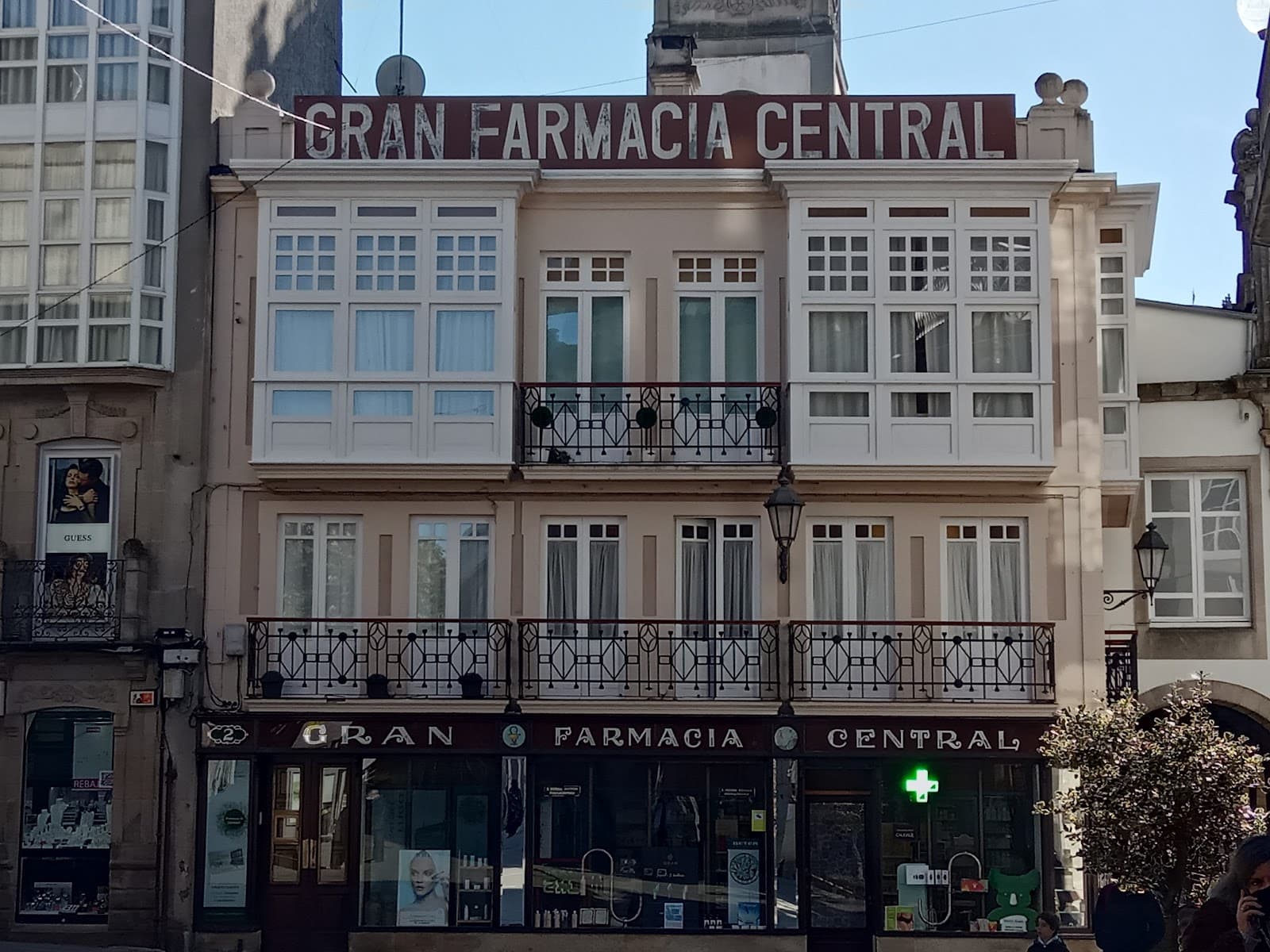
Rúa da Raíña
Embark on the final 100km of the Camino de Santiago from Lugo or Sarria, a journey of self-discovery through Galicia's rolling hills and charming vill...

Highlights
Must-see attractions

Social
From TikTok & Reddit
Best Time
Pleasant weather, fewer crowds

Rúa da Raíña
Best Time
Pleasant weather, fewer crowds

Highlights
Must-see attractions
Embark on the final 100km of the Camino de Santiago from Lugo or Sarria, a journey of self-discovery through Galicia's rolling hills and charming villages.
"The Camino is more than a walk; it's a profound experience of connection and personal growth."
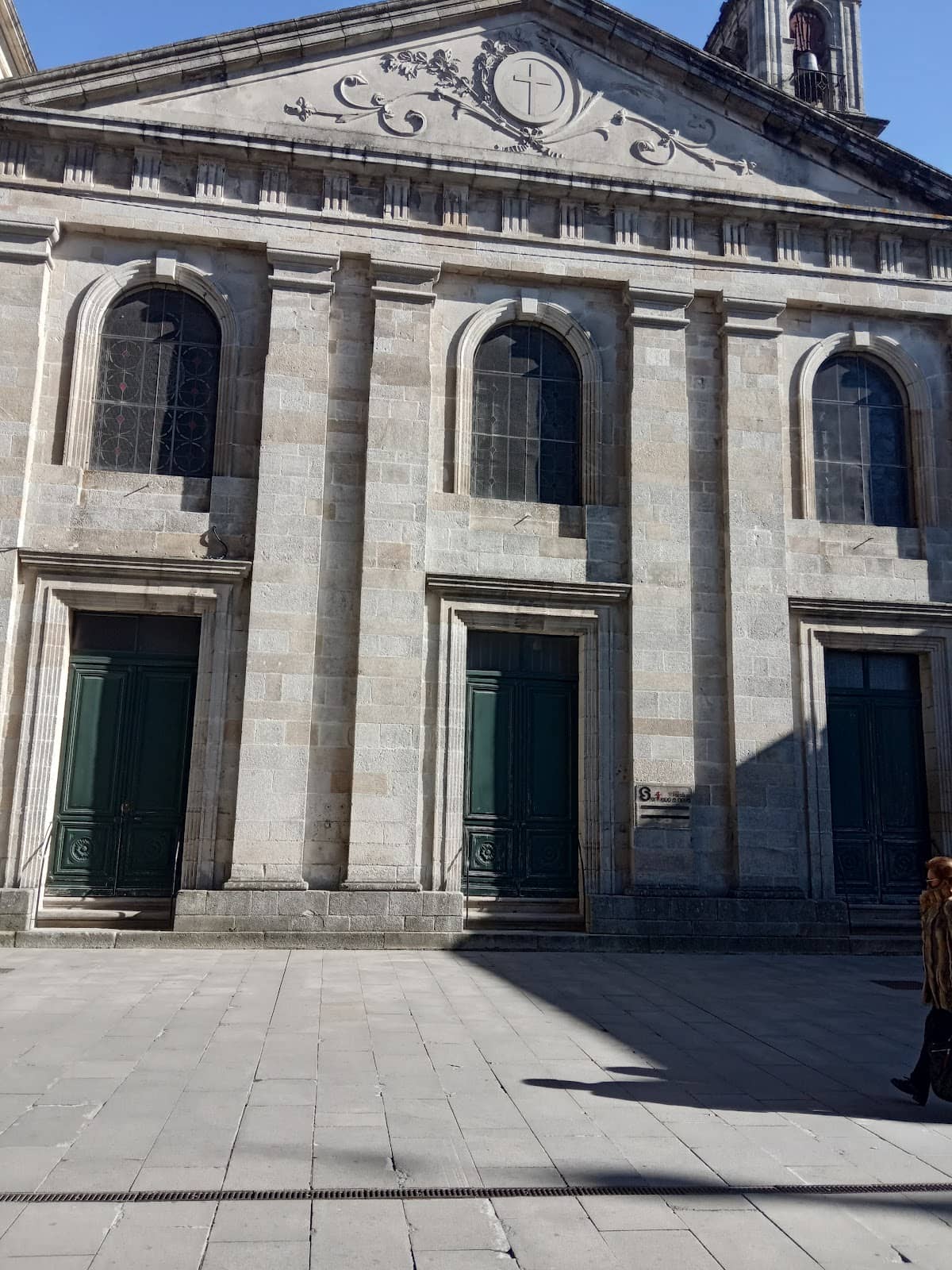
Choose Your Start Wisely
Sarria is popular but crowded. Lugo offers a quieter start with good infrastructure.
Break in Your Boots!
Crucial for avoiding blisters. Wear them on walks before your trip. :athletic_shoe:
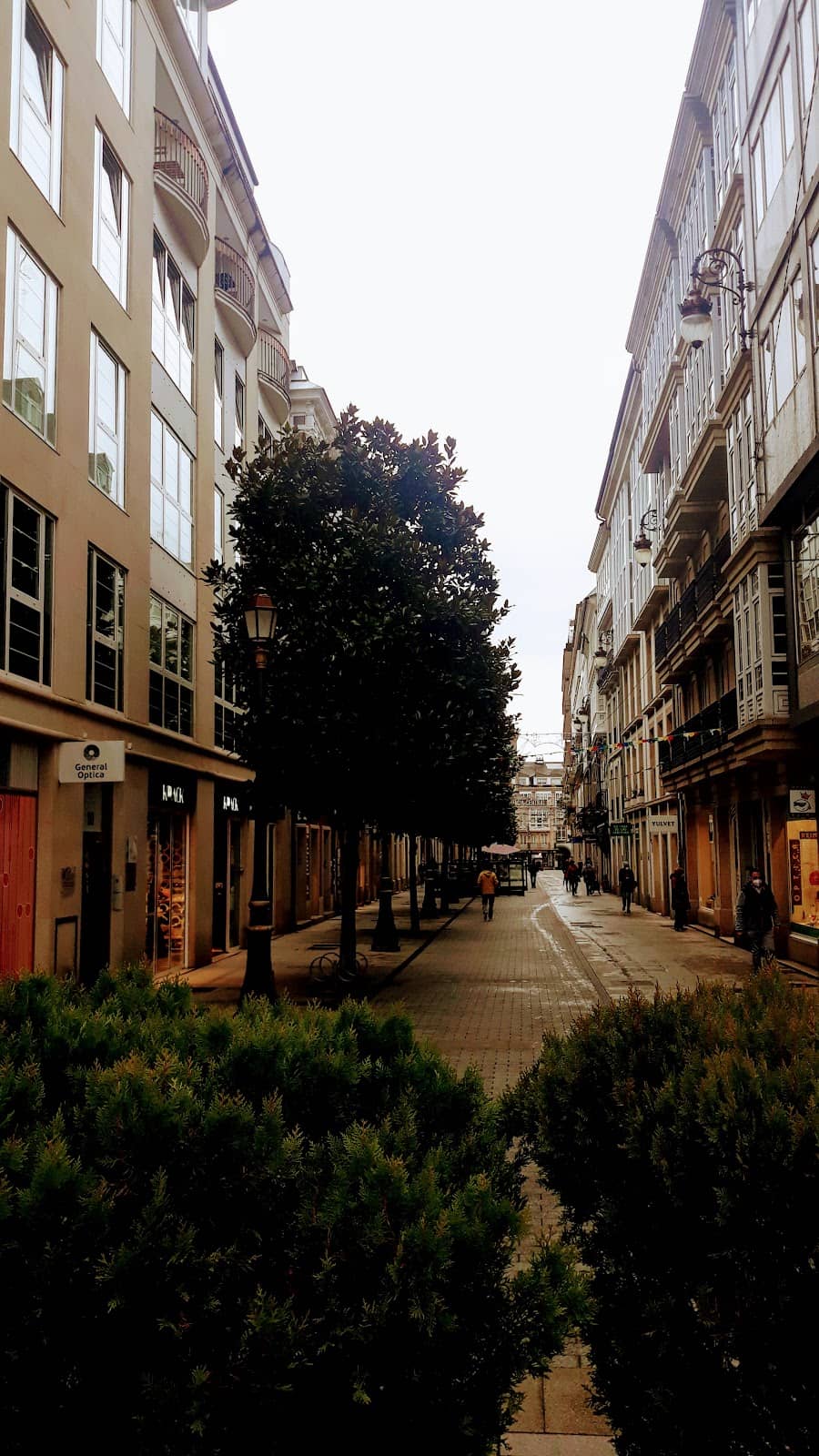
Highlights
Discover the most iconic attractions and experiences

The Historic City of Lugo
Starting point
Walk atop ancient Roman walls, a UNESCO World Heritage site. Explore charming streets and soak in centuries of history.

The Sarria Stretch
Popular Camino route
Experience the quintessential Camino feel with bustling albergues and fellow pilgrims. A vibrant, social atmosphere awaits.
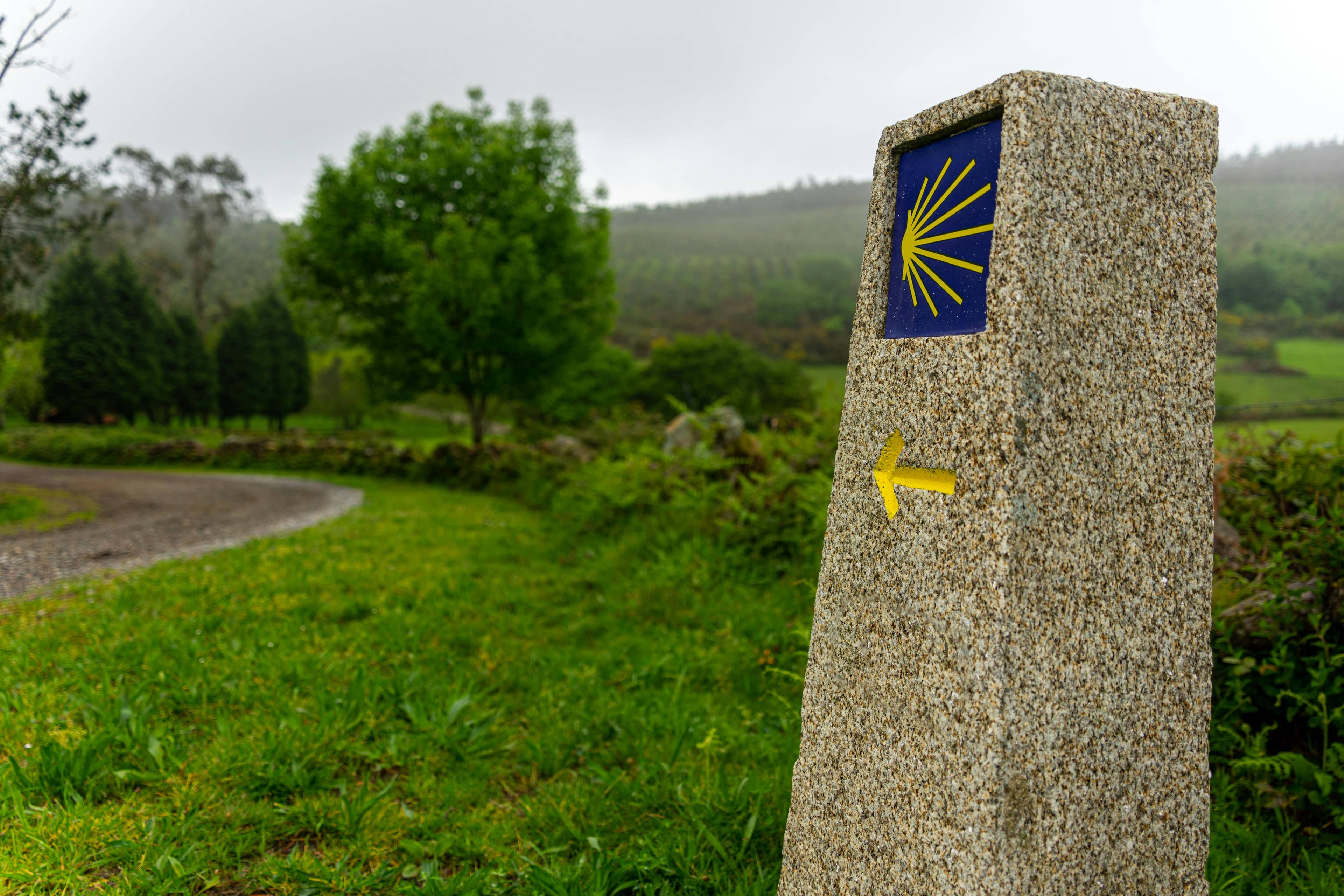
Galician Countryside
Along the route
Winding paths through rolling hills, lush forests, and quaint villages. Enjoy the serene beauty of rural Galicia.
Plans like a pro.
Thinks like you
Planning Your Visit
Timing Your Camino Start
Packing for the Path
Best Times
Insider Tips
from TikTok, Instagram & Reddit
Choose Your Start Wisely
Sarria is popular but crowded. Lugo offers a quieter start with good infrastructure.
Break in Your Boots!
Crucial for avoiding blisters. Wear them on walks before your trip. :athletic_shoe:
Pack Light, Travel Far
Every ounce counts. Focus on essentials and quick-dry items. :handbag:
Embrace the Albergue Life
Shared dorms, communal meals. It's part of the authentic Camino experience. :sleeping_accommodation:
Tips
from all over the internet
Choose Your Start Wisely
Sarria is popular but crowded. Lugo offers a quieter start with good infrastructure.
Break in Your Boots!
Crucial for avoiding blisters. Wear them on walks before your trip. :athletic_shoe:
Pack Light, Travel Far
Every ounce counts. Focus on essentials and quick-dry items. :handbag:
Embrace the Albergue Life
Shared dorms, communal meals. It's part of the authentic Camino experience. :sleeping_accommodation:
Stay Hydrated & Fueled
Carry water and snacks. Refill whenever possible. :water_bottle: :apple:
What Travellers Say
Reviews Summary
Travelers often praise the camaraderie and sense of community found on the Camino, along with the beautiful Galician landscapes. The well-marked trails and affordable albergues are significant draws. However, some find the Sarria section overwhelmingly crowded during peak season, and accommodation can be basic.
What People Like
What People Dislike
Frequently Asked Questions
🚇 🗺️ Getting There
Most pilgrims fly into Santiago de Compostela (SCQ) or A Coruña (LCG) airports. From there, you can take a bus or train to Lugo or Sarria. Buses are often more direct to Sarria. Check Renfe for train schedules and Monbus for bus routes.
Yes, there are regular bus services connecting Lugo and Sarria, making it feasible to choose your starting point and travel between them if needed.
Flying into Santiago de Compostela (SCQ) is common. From SCQ, you can take a bus or taxi to the Santiago bus station and then a direct bus to Sarria. The journey takes about 1.5-2 hours.
You can take a high-speed train (AVE) from Madrid to Ourense, and then connect to a regional train or bus to Lugo or Sarria. Alternatively, long-distance buses are available but take longer.
From Madrid, trains to Ourense are about 2.5 hours, then another 1-2 hours to Lugo/Sarria. Buses from Madrid can take 7-9 hours. From other Galician cities like A Coruña or Vigo, travel times are shorter, around 1-3 hours.
🎫 🎫 Tickets & Entry
For popular routes like Sarria in August, booking ahead is highly recommended, especially for albergues. For less busy times or routes, you can often find space by arriving earlier in the day.
The 'Credencial del Peregrino' (Pilgrim's Passport) is essential if you want to get your Compostela certificate at the end. You get stamps along the way from albergues, churches, and cafes. You can buy it at the start or in Santiago.
Albergue prices vary, but expect to pay around €10-€20 per night for a dorm bed in a municipal or private albergue. Some offer meals for an additional fee.
Generally, the Camino itself is free to walk. Most albergues, churches, and natural sites along the route do not have entrance fees. Some museums or specific historical sites might charge a small fee.
Albergues typically open in the afternoon (around 1-3 PM) and require pilgrims to leave by morning (around 8 AM). Some have curfews or quiet hours. It's best to check specific albergue details.
🎫 🚶 Onsite Experience
Most pilgrims walk between 20-30 km (12-18 miles) per day, but this can vary based on terrain, personal fitness, and desired pace. Some prefer shorter days to enjoy the scenery.
This section of the Camino Francés is generally moderate. You'll encounter rolling hills, forest paths, gravel tracks, and some paved sections through villages. It's not overly mountainous.
Yes, you'll find plenty of cafes ('bares') and restaurants in towns and villages along the route, especially on the Sarria section. They offer meals, snacks, and drinks.
Albergues usually provide bunk beds, shared bathrooms, and common areas. Many have kitchens, laundry facilities (sometimes for a fee), and Wi-Fi. Bring your own towel and earplugs!
To receive your Compostela (certificate of completion), you need to have walked at least the last 100 km (from Sarria) or 200 km (from Lugo) and have your pilgrim's passport stamped at least twice a day for the required distance. Present your passport at the Pilgrim's Office in Santiago.
📸 📸 Photography
Capture the ancient Roman walls of Lugo, charming medieval bridges, rolling Galician landscapes with vineyards and forests, and the iconic yellow arrows marking the path. Don't forget candid shots of fellow pilgrims! :camerawithflash:
Most albergues have charging points, but they can be limited and shared. Bring a portable power bank to ensure you can keep your devices charged, especially for capturing photos throughout the day. :iphone:
Golden hour – early morning and late afternoon – offers the most beautiful light for landscape and village photos. Midday sun can be harsh, but it's great for capturing the vibrant life in towns.
Look for elevated spots overlooking valleys, especially near villages like Portomarín or Palas de Rei. The approach to Santiago also offers scenic vistas as you get closer to the city.
A lightweight mirrorless or DSLR camera is ideal. A versatile zoom lens (e.g., 24-70mm) covers most situations. Consider a wide-angle lens for landscapes and a small tripod for low-light shots if you're willing to carry it.
For Different Travelers
Tailored advice for your travel style
👨👩👧 Families with Kids
Focus on making it fun: pack engaging snacks, play games on the trail, and celebrate milestones. Albergues can be basic, so consider a mix of albergues and private pensions or hotels for more comfort. Ensure children have well-fitting, comfortable shoes to prevent blisters. The experience can foster independence and a love for nature and culture.
🚶 Solo Travelers
Starting from Lugo or Sarria offers a great opportunity to join the flow of pilgrims. Don't be afraid to strike up conversations in albergues or on the trail. The shared experience of walking, eating, and resting together creates instant bonds. You can choose to walk independently and connect when you wish, or join groups for parts of the journey.
💰 Budget Travelers
Look for municipal albergues, which are often the cheapest. While private albergues might offer more amenities, they are usually slightly more expensive. Walking the Camino itself is free, and the main costs will be accommodation, food, and occasional transport. Packing light also reduces the need for baggage transfer services.
Deep Dives
In-depth insights and expert knowledge
Choosing Your Camino Starting Point: Lugo vs. Sarria
Conversely, starting from Lugo offers a potentially more tranquil experience. While still well-equipped, Lugo is less frequented as a starting point for the final 100km. This can mean fewer people on the trails in the initial days, allowing for more solitude and a chance to connect with the path at a slower pace. The infrastructure is still robust, ensuring you have access to necessary amenities. The choice often comes down to personal preference: a lively, bustling start in Sarria or a quieter, more introspective beginning in Lugo.
The Practicalities of Albergues
Facilities vary, but common amenities include bunk beds, shared bathrooms, and communal areas for socializing. Many albergues offer laundry services (often for a small fee), kitchens for preparing your own meals, and sometimes even Wi-Fi. It's advisable to pack a quick-drying towel and earplugs, as dorm rooms can be noisy. Some albergues also offer optional meals (breakfast and dinner) for an additional cost, which can be a convenient and social option. Remember to get your pilgrim's passport stamped at each albergue to qualify for the Compostela.
Navigating the Camino Trails
While the markings are generally excellent, it's always wise to have a reliable map or GPS app as a backup, especially if you're walking in fog or heavy rain. Popular apps like 'Camino de Santiago' by Wise Pilgrim or 'Gronze' provide detailed route information, albergue listings, and points of interest. Be prepared for varying weather conditions; pack layers and waterproof gear. The daily distances are manageable, typically between 20-30 km, allowing ample time to enjoy the scenery, take breaks, and interact with other pilgrims.
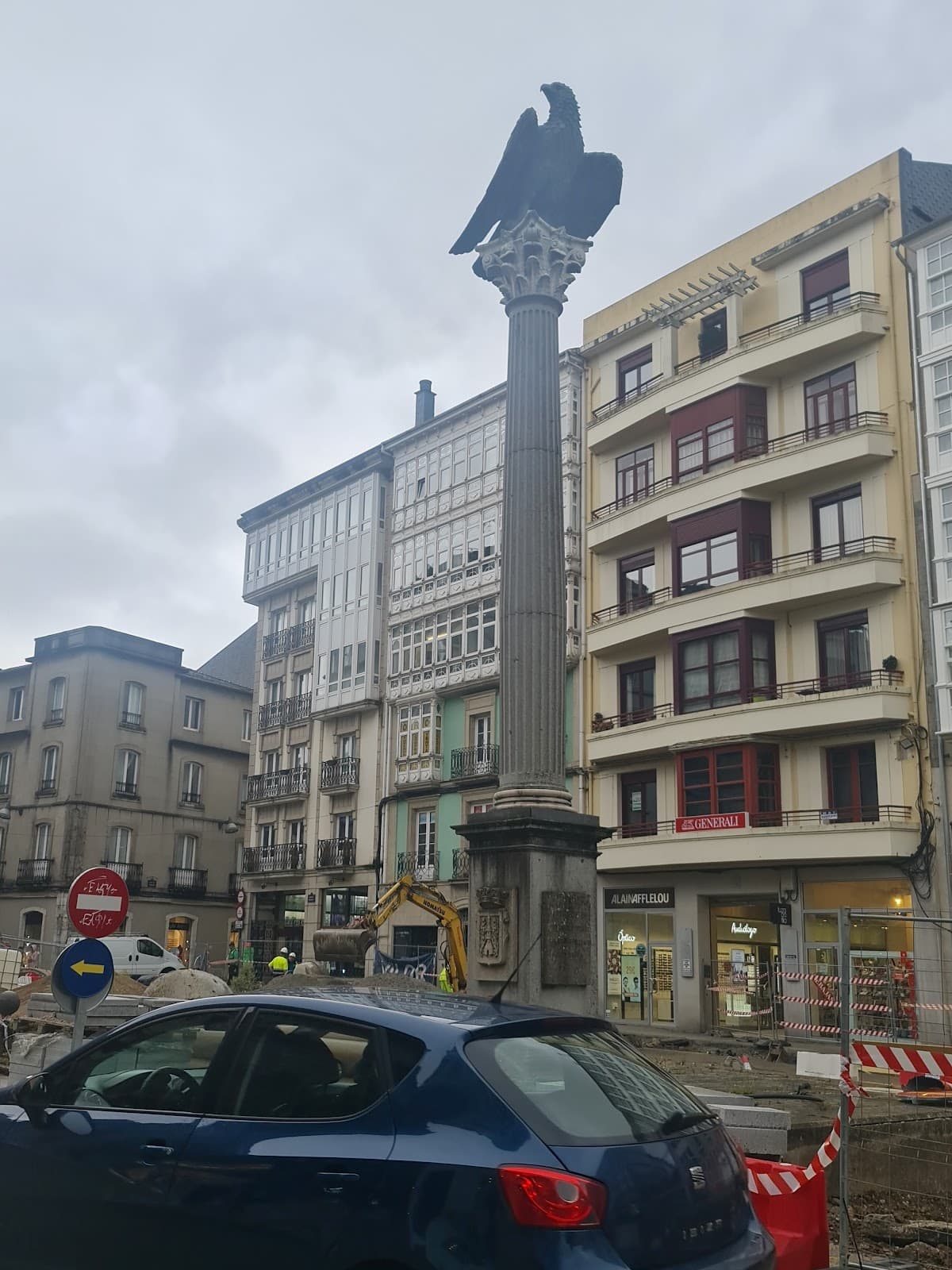





Social
from TikTok, Instagram & Reddit